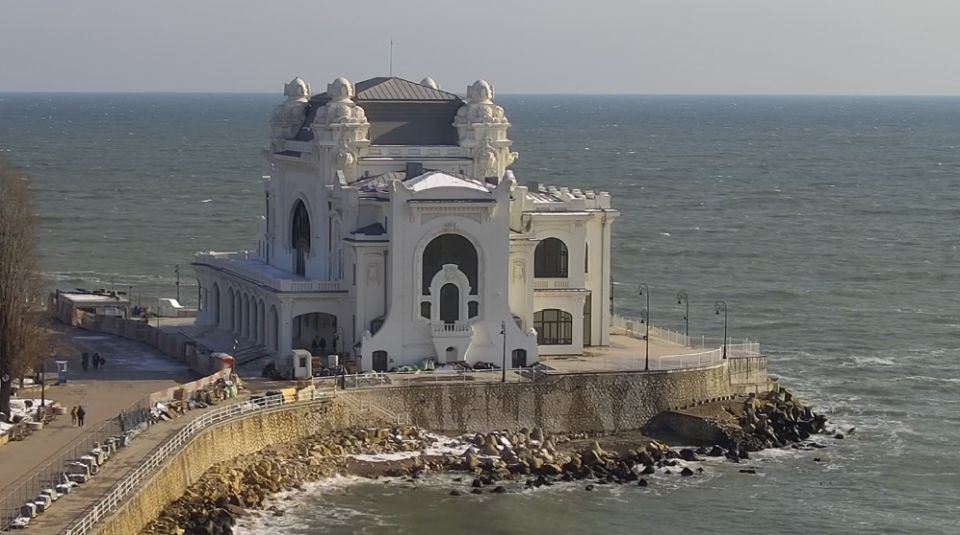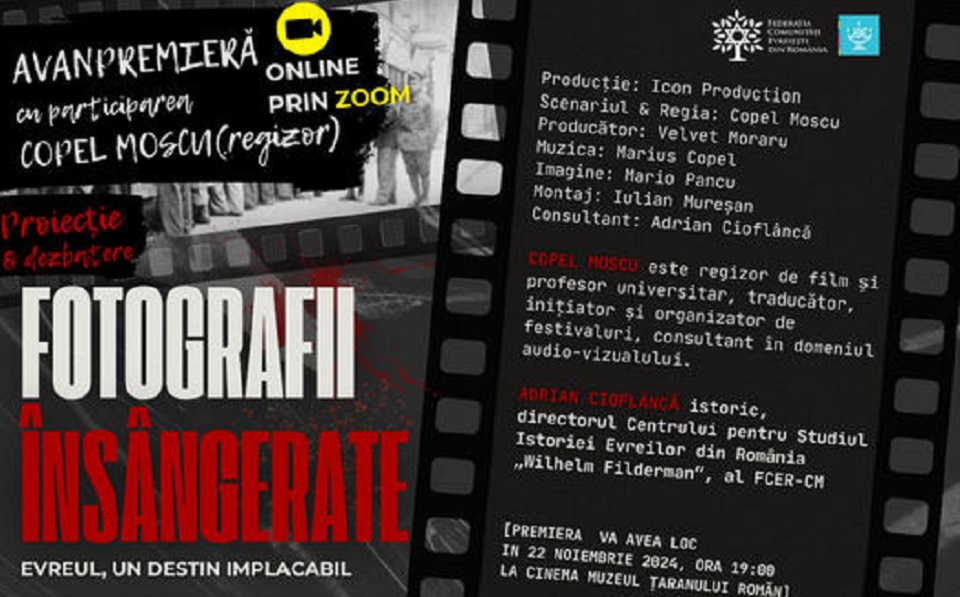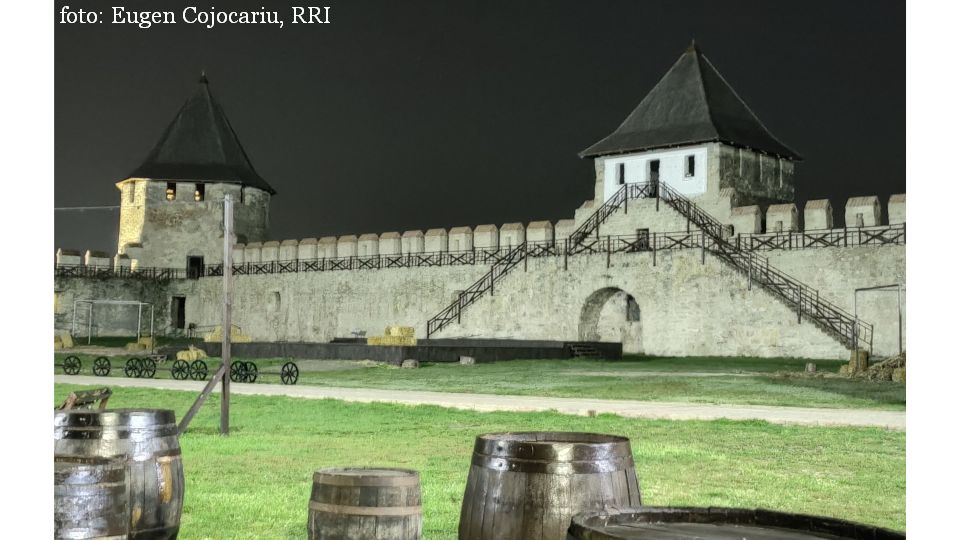Ulysse de Marsillac
Ulysse de Marsillac left us the most attractive pages about 19th-century Bucharest

România Internațional, 10.09.2023, 14:00
The East
European space has been discovered and rediscovered by the West in several
waves in the history of the last millennium. Starting in the 18th century, the
European West has invented Eastern Europe as we know it today, and in the
process of invention the French had a crucial role due to the impact of the
revolution between 1789-1795 and the project of the modern state proposed by
it. The Romanian space, part of the Eastern world, was also discovered by
several generations of French, the first being that of the French consuls in Bucharest
and Iași. The international events that took place in the first half of the
19th century and that led to the emergence of the modern Romanian state caused
other generations of French to migrate to the mouths of the Danube and describe
the new world in which they arrived. One of the French who left us the most
attractive pages about 19th-century Bucharest was the teacher and journalist
Ulysse de Marsillac, the man whose name is associated with the Francophonie of
the Romanian generation from the mid-19th century.
De
Marsillac was French, but he was equally Romanian. He identified so much with
the Romanian spirit that he chose to stay in Bucharest until the end of his
56-year-old life. Born in 1821 in Montpellier, de Marsillac arrived in
Bucharest in 1845, at the age of 24. In Bucharest he was a teacher at the
Military School, at the Saint Sava National College and at the
University. As a journalist, he wrote for the biweekly La Voix de la
Roumanie, founded by him in 1861, which appeared until 1866. Between 1866
and 1870 he was editor-in-chief of Le Moniteur Roumain, and between
1870 and 1876 he edited and published in Le Journal de Bucarest. He
wrote several volumes, the most popular being Guide du Voyageur a
Bucarest, published in Bucharest in 1872.
Twenty
years after coming to Romania, Ulysse de Marsillac remembered what the new
world was like in which he probably didn’t know he would spend the rest of his
life: In Giurgiu, I get into a cart. It is a trapezoidal wooden crate, with
no nails or iron pieces, just wooden wedges. This box is placed on four
polygonal wheels and is filled with hay. The great luxury is to have plenty of
hay. The passenger lays down in the hay, holds on to the sides of the box and
four small, ugly, but tireless horses pull the light carriage that jumps over
the cobblestones in the streets, the potholes in the road, the logs in the
forest. At first, you are shocked, your head is spinning, your whole body is
looking for a balance that it cannot find; after an hour, a great pain is
gripping you in the saddle, your guts are twisted; after two hours start
thinking of the Inquisition and its tortures, not all of which let you die. And then the moment comes when the executioner
– driver approaches you with a sweet smile, informing you that you have arrived
and asking for a tip.
The
accounts of Ulysse de Marsillac were in synchronicity with the times. The author
was noticing the changes Bucharest and Romanian society were going through and
was enthusiastic about that. Sandra Ecobescu, president of the Calea Victoriei
Foundation, noticed how Ulysse de Marisllac understood Bucharest and Romanians
deeper than we would be tempted to believe :
This French gentleman, so in love with Bucharest, has a chapter he named ‘the
fiddlers’. In fact, it’s not just about fiddlers. There are many pages about
their costumes, their music, their traditions. Actually, he talks about
folklore. And this is interesting because
there’s been talk about the Orient, about the Byzantine line or this
tradition that defines Romanians and which must be embraed as such. Romanians
are not just the descendants of Rome,
they are a mix of so many things. And the foreigner travelling here can
find all these traditional elements.
Gheorghe Crutzescu,
the author of the very popular « Mogosoaia Bridge – the story of a
street », from 1943, characterized Ulysse de Marsillac, who actually lived
on Victoria Boulevard, the current name of the street he was writing
about : « I don’t think that our city has had a more honest and and
more understanding chronicler than this foreigner. He hasn’t missed any change,
any progress, no matter how little it may be. And at the same time, he has
shown so much love for our past, which he knows so well.
So, Romanians had
among them a foreigner who cared about their world and who wanted to see
getting better. Crutzescu was also the one who wrote about the death of the
French with a Romanian soul, in 1877, the year when the Romanian army started
the war that would bring its independence : « In 1877, tormented by a
terrible diseases, Ulysse de Marsillac died. But he still had time to wish good
luck the Romanian troops that were crossing the Danube. » (MI)






























